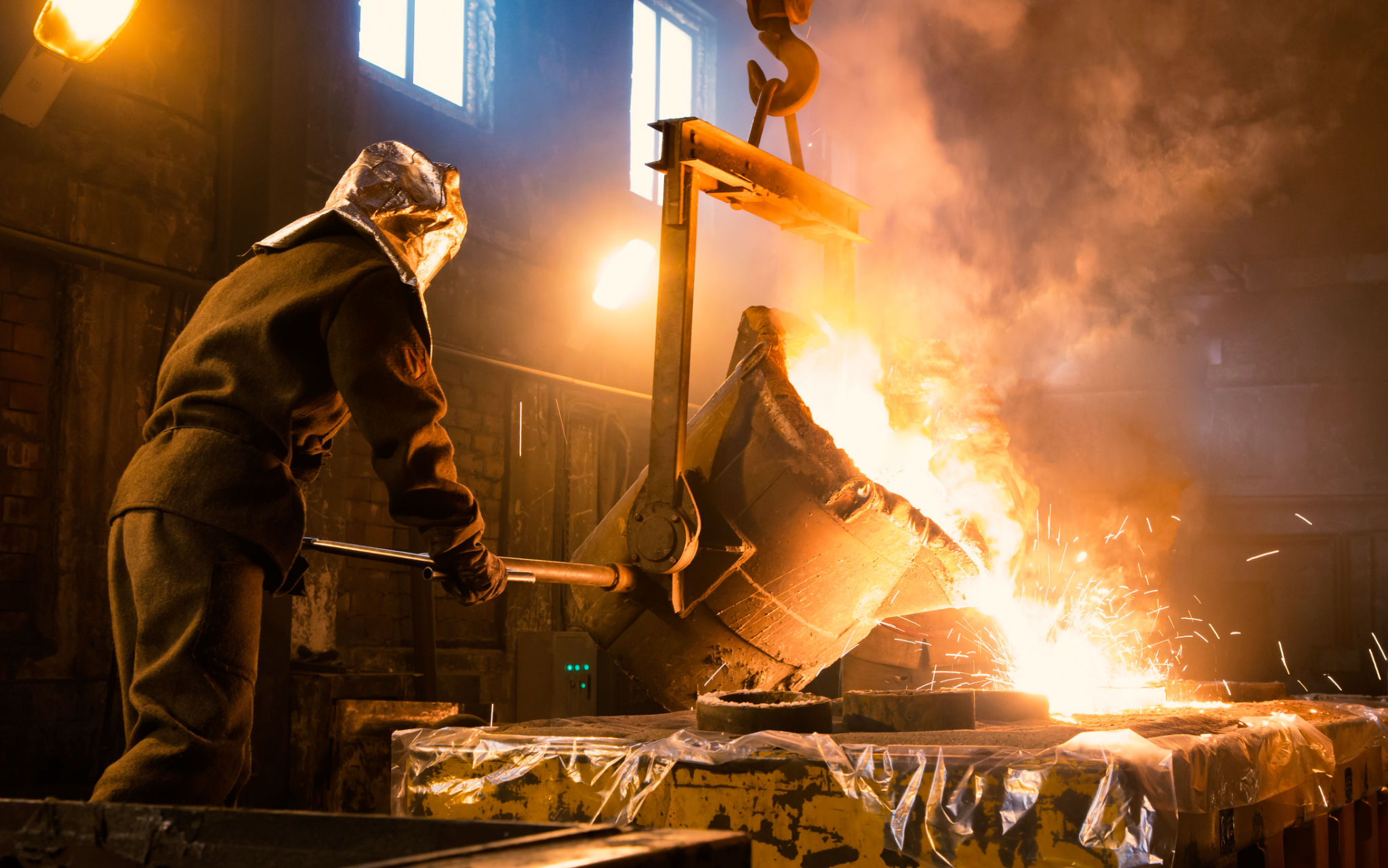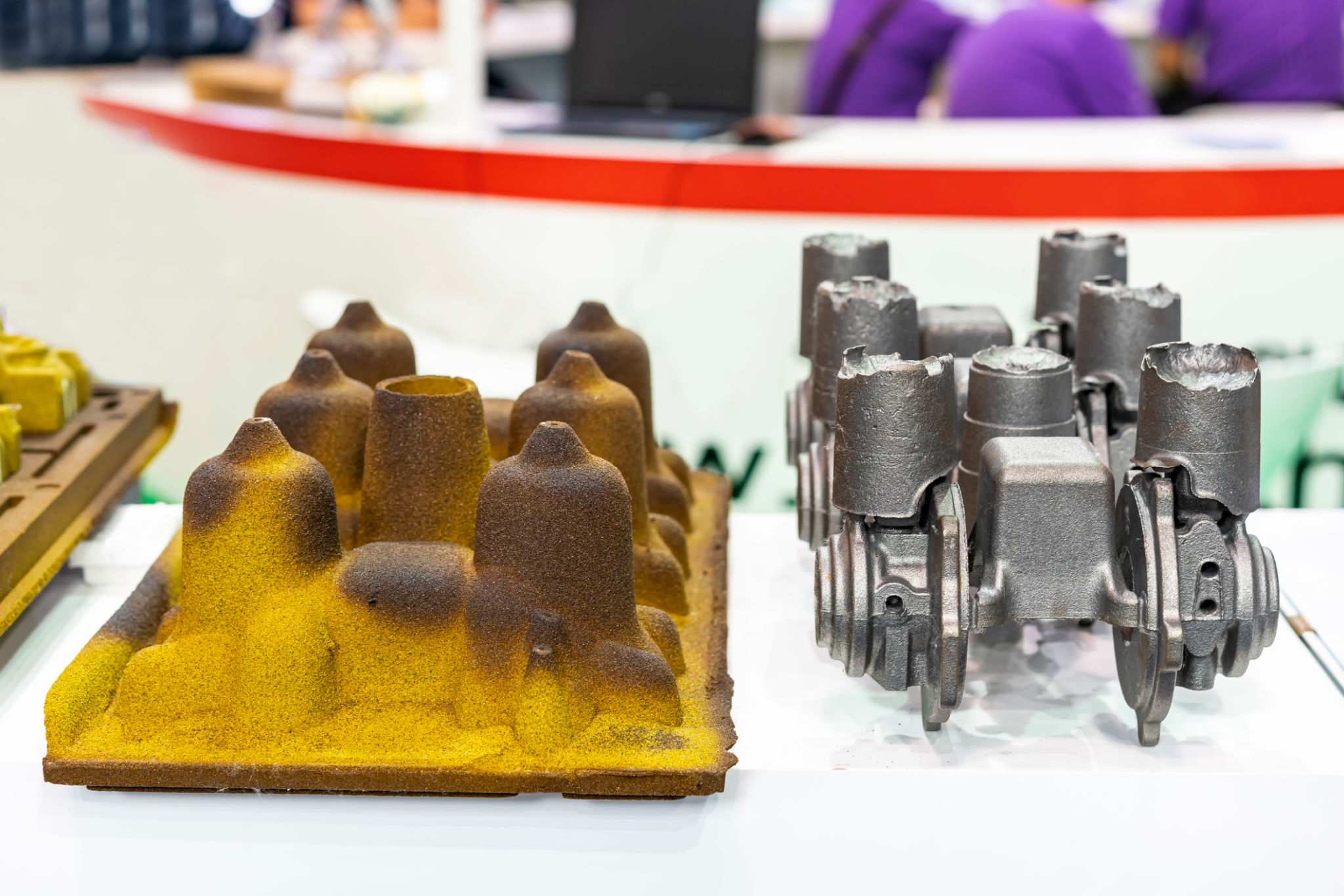A Comprehensive Guide to Metal Casting Processes: Understanding the Basics
Introduction to Metal Casting
Metal casting is an ancient yet continuously evolving process that plays a crucial role in modern manufacturing. It involves pouring molten metal into a mold to create a specified shape. This technique is used to produce complex parts that are integral to industries ranging from automotive to aerospace. Understanding the basics of metal casting processes can help businesses optimize production and improve product quality.

Types of Metal Casting Processes
Sand Casting
Sand casting is one of the most traditional and widely used methods. It involves creating a mold from sand, which is then used to shape the metal. Sand casting is known for its versatility and cost-effectiveness, making it ideal for small batch production and large components.
Investment Casting
Often referred to as lost-wax casting, investment casting involves creating a wax model, which is coated with a ceramic material. Once the ceramic hardens, the wax is melted away, leaving a cavity for the molten metal. This process is highly accurate and capable of producing intricate details.

Die Casting
In die casting, metal is forced into a mold cavity under high pressure. This process is particularly useful for producing large volumes of small to medium-sized parts with a smooth finish. Die casting is efficient and can yield components with excellent dimensional consistency.
Key Considerations in Metal Casting
When selecting a metal casting process, several factors need to be considered, including the type of metal, desired surface finish, and production volume. Each process has its unique advantages and limitations, making it essential to choose the right one based on specific requirements.

Materials Used in Metal Casting
The choice of material is fundamental in determining the properties of the final product. Common metals used in casting include aluminum, iron, steel, and copper alloys. Each material offers distinct characteristics such as strength, corrosion resistance, and thermal conductivity.
Quality Control in Metal Casting
Implementing stringent quality control measures is vital to ensure that cast components meet industry standards. Techniques such as x-ray inspection, ultrasonic testing, and dimensional analysis are commonly employed. These methods help detect defects and ensure the integrity of the cast parts.
The Future of Metal Casting
Advancements in technology continue to transform metal casting processes. Innovations such as 3D printing for mold creation and computer-aided design (CAD) are streamlining production and enhancing precision. As these technologies evolve, the metal casting industry is poised for even greater efficiency and accuracy in manufacturing.
